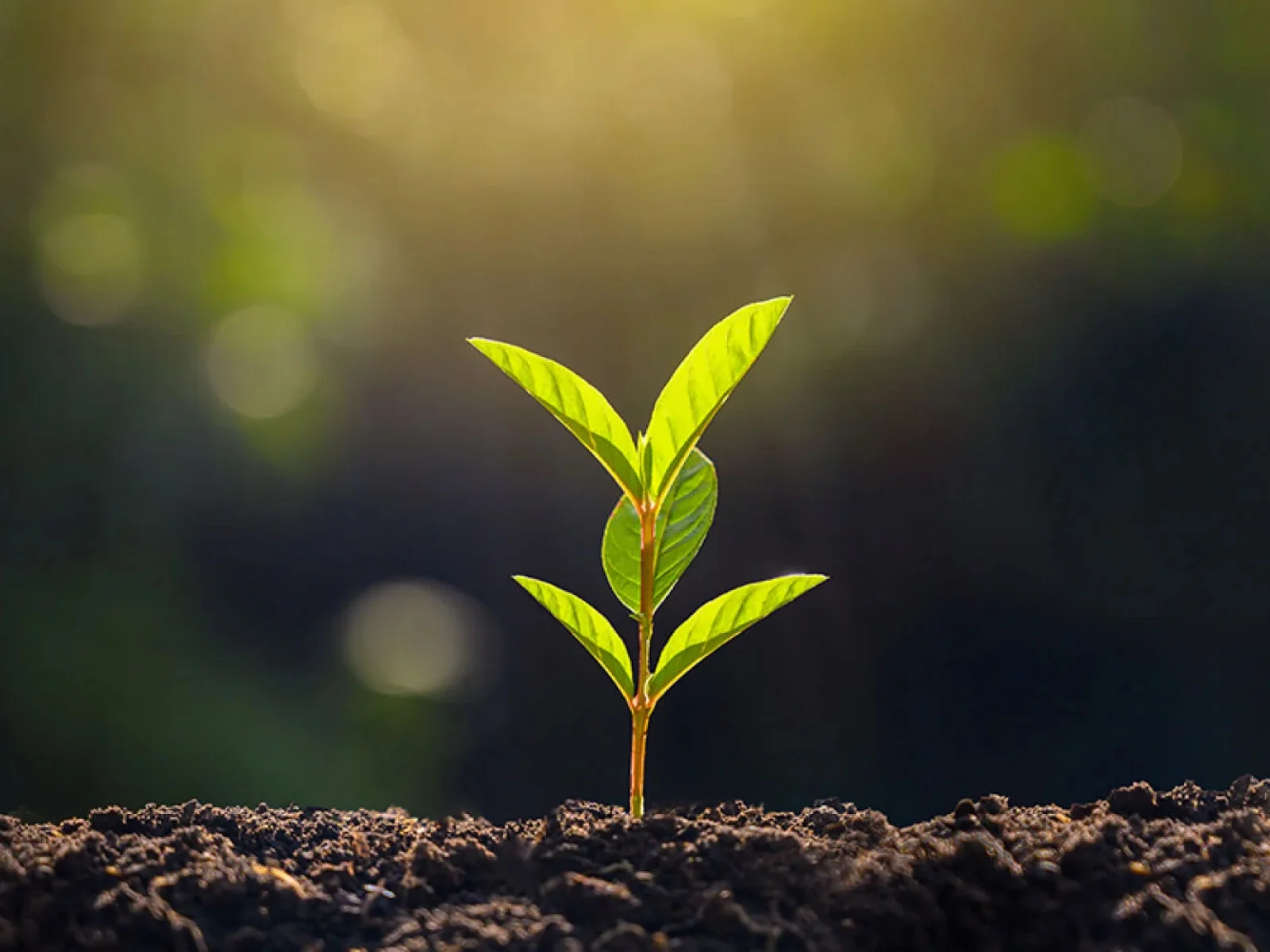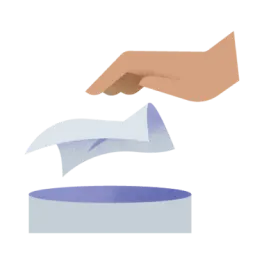Composting with Clorox
How to compost.
Get the dirt on turning waste back into dirt.

Composting 101.
Composting provides nutrients and building blocks for soil in gardens and farms, and keeps waste out of landfills. In short, it’s a good thing.

Municipal composting.
Municipal composting facilities collect and compost waste from cities and towns across the country. If you have access to a compost bin via curbside collection, your waste is most likely going to a municipal composting facility. Check locally, as appropriate facilities may not exist in your area.

Here's how our composting wipes work.

Step 1
Wipe up your compostable mess. There, that’s better.

Step 2
Place your compostable wipes in the compost bin.

Step 3
Your compostable wipes take a trip to the municipal facility if available in your area.

Step 4
It’s placed in large piles with other organic materials.

Step 5
Over a 45- to 90-day period, your compostable wipes will break down into CO2 and biomass.

Step 6
After breaking down, the compost is sold or donated.
Home composting.
Composting at home is a great way to reduce your environmental impact.

Home composting basics.

Good aeration is key.
Make sure to line the compost bin with wood chips, saw dust or other brown materials (details below about that).

Keep things toasty.
Bacteria and fungi release heat. 120 to 150 degrees Fahrenheit is the ideal temp for happy compost.

Make it moist.
Keep compost moist to help with the breakdown. To learn how to “squeeze” your compost, check out the EPA website.

Balance your mix.
Use a mixture of 75% browns (like our compostable wipes) and 25% greens to achieve a good carbon to nitrogen ratio.

Wait, what are greens?
Greens are items like coffee grounds, fruits and vegetables, grass cuttings, etc.

And uh, browns?
Browns are items like wood chips, dry leaves, sawdust, our compostable wipes, etc.
Environmental sustainability: The Clorox Company
Compostable wipes are just a part of the efforts that The Clorox Company is taking to reduce our impact on the planet.

